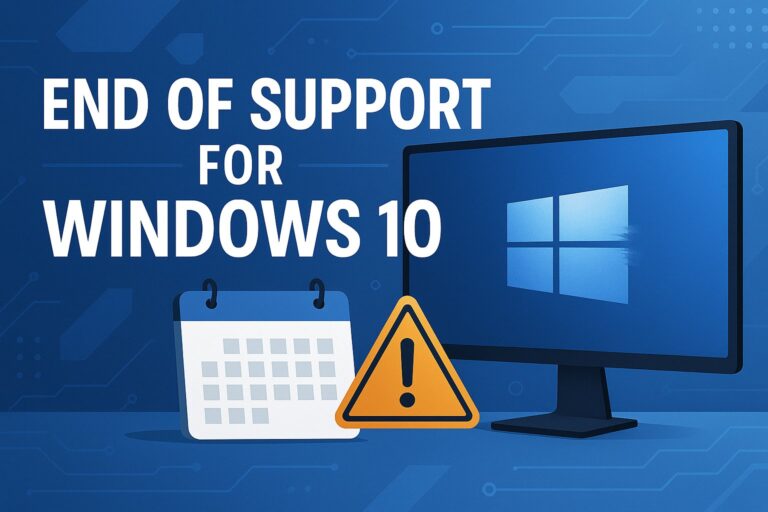Why Your Company Needs an Effective Disaster Response Plan
Cyber threats impede small businesses every day, and yours could be next. Here’s how to build a response plan that keeps your company secure and saves time and money.
No business wants to deal with a cybersecurity disaster. As business owners, we hope that a few basic IT measures and firewalls will keep us secure and that our business will simply remain immune to the unseen threats of the internet.
The truth is, 50% of internet users will click on a malicious link this year. That means that you or one or more employees could accidentally click on the very threat you are hoping to avoid, putting your data and network at risk.
Like with any potential threat, the best way to protect your business and experience peace of mind is through planning. The saying goes, plan for the worst and hope for the best. But with a cybersecurity disaster response plan in place, you don’t have to hope for the best. Your business will be secure at every moment.

Key Elements of a Disaster Response Plan
According to recent studies, the average total cost of a data breach is 3.92 million dollars and can take an average of 279 days to identify and contain. For small businesses, these numbers—even if reduced—are still unmanageable.
With the right response plan in place, however, a disastrous breach could be managed quickly and efficiently, ensuring your St. Louis area company stays on track financially and gets back to business in a few days or hours, not months.
What makes a great incident response plan? These key elements are what every business should consider when building a plan for cybersecurity.
Establish a Proactive Approach to Cybersecurity
The first step to an effective disaster response plan for your business is to have a proactive perspective. If your understanding of cybersecurity is to simply react to issues as they arise, you could be experiencing growing, hidden risks that could otherwise be detected.
At Alliance Technology Partners, our Armada cybersecurity approach is proactive in nature. We recognize that everything from disgruntled ex-employees to outdated operating systems could put your company at risk. We look at every element of your network and make sure there is a system in place to rule out risks before they happen.
Build a Pathway for Communication and Action
Knowing exactly who is responsible for communicating and dealing with a cyber threat when it arises is key to your disaster response plan. Without establishing who needs to take action at each stage of an incident, the problem could go unchecked, causing further damage and delay.
Create a clear flow of communication between team members and executives, your IT support and your staff. Any incident will be dealt with efficiently and quickly.
Educate Your Team
A great disaster response plan for your St. Louis or Grand Rapids company will include ongoing education for your staff and executives. Ransomware attacks most often occur from phishing emails, which require human interaction to be effective. By training your staff how to identify those emails, you are proactively avoiding potential risk.
Educating your team about the disaster response plan itself also goes a long way in involving your entire team in the process of data security. By having a role in the protection of company information, employees will be more likely to recognize security threats and know how to alert the response team.
Keep Your Company Secure with Armada
Armada is our solution to keeping St. Louis and Grand Rapid area businesses secure. Our four tenets include educate, fortify, detect, and respond, our solution to cybersecurity for small to medium businesses that may otherwise go unprotected. Ask us how Armada can help keep your company secure with a proactive disaster response plan.


